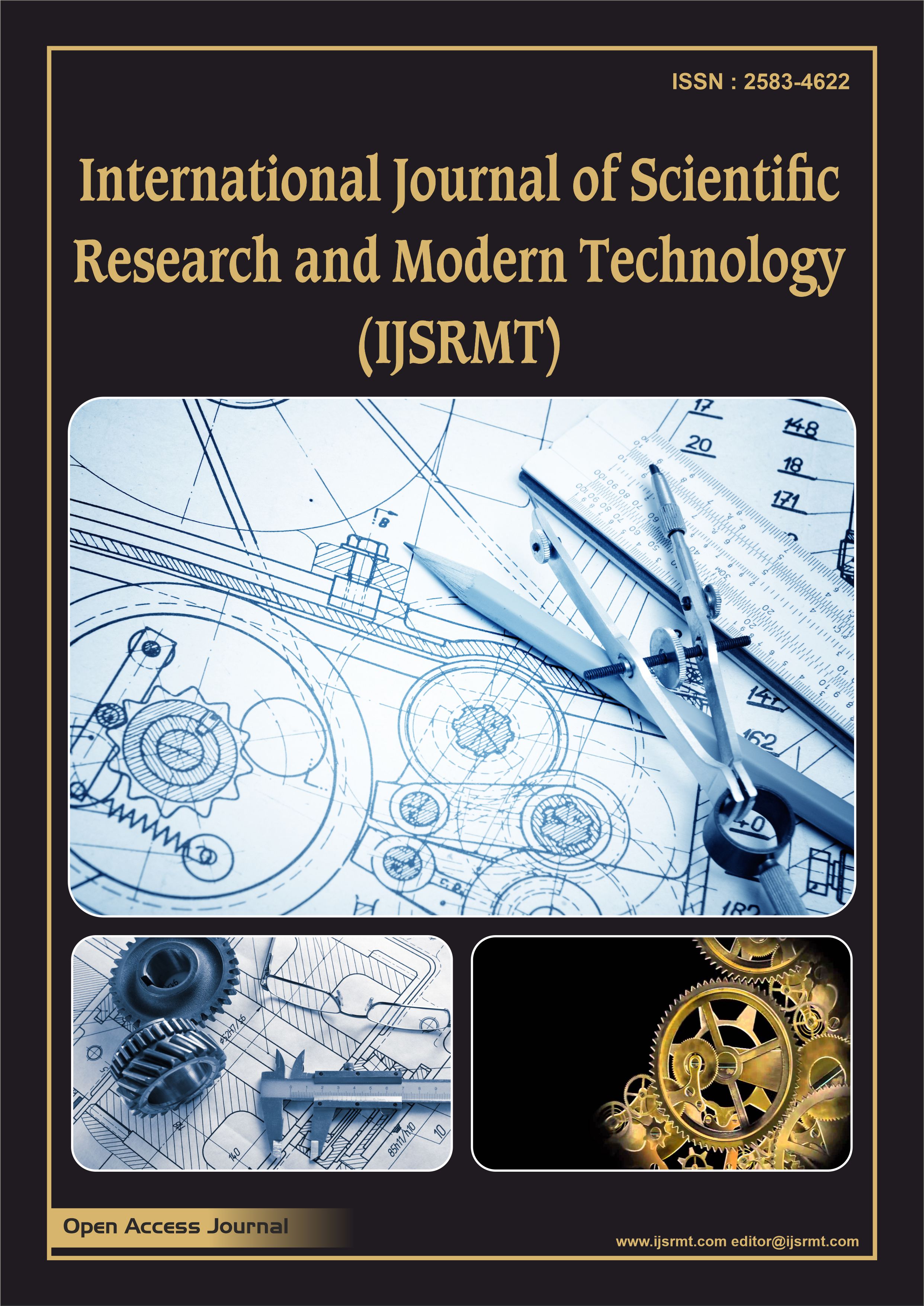Creating Quantum-Powered Epidemiological Models Enabling Proactive Responses to Pandemics and Emerging Health Threats
DOI:
https://doi.org/10.38124/ijsrmt.v4i10.921Keywords:
Quantum Computing, Epidemiological Modeling, Pandemic Preparedness, Disease Surveillance, Quantum Machine Learning, Public Health, omputational Epidemiology, Quantum Algorithms, Health Informatics, Outbreak PredictionAbstract
The convergence of quantum computing and epidemiological modeling represents a paradigm shift in pandemic preparedness and response strategies. This study explores the development and implementation of quantum-powered epidemiological models designed to enable proactive responses to pandemics and emerging health threats. Traditional computational approaches face significant limitations in processing the vast, multidimensional datasets required for accurate disease forecasting, while quantum computing offers exponential speedups in simulation and optimization tasks. Through a comprehensive analysis of quantum algorithms, machine learning integration, and real-world applications, this research demonstrates how quantum-enhanced models can predict disease transmission patterns with unprecedented accuracy and speed. The findings reveal that quantum computing can reduce computational time for complex epidemiological simulations from weeks to hours, enabling real-time decision-making during health crises. Our study also identifies key challenges including hardware limitations, algorithm development, and the need for interdisciplinary collaboration. The results suggest that quantum-powered epidemiological models hold transformative potential for global health security, offering healthcare systems and policymakers the tools necessary to anticipate, prepare for, and mitigate future pandemic threats before they escalate into global crises.
Downloads
Downloads
Published
How to Cite
Issue
Section
License
Copyright (c) 2025 International Journal of Scientific Research and Modern Technology

This work is licensed under a Creative Commons Attribution-NonCommercial 4.0 International License.
PlumX Metrics takes 2–4 working days to display the details. As the paper receives citations, PlumX Metrics will update accordingly.





